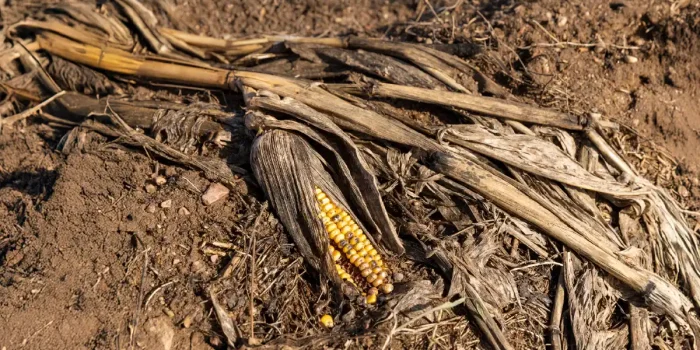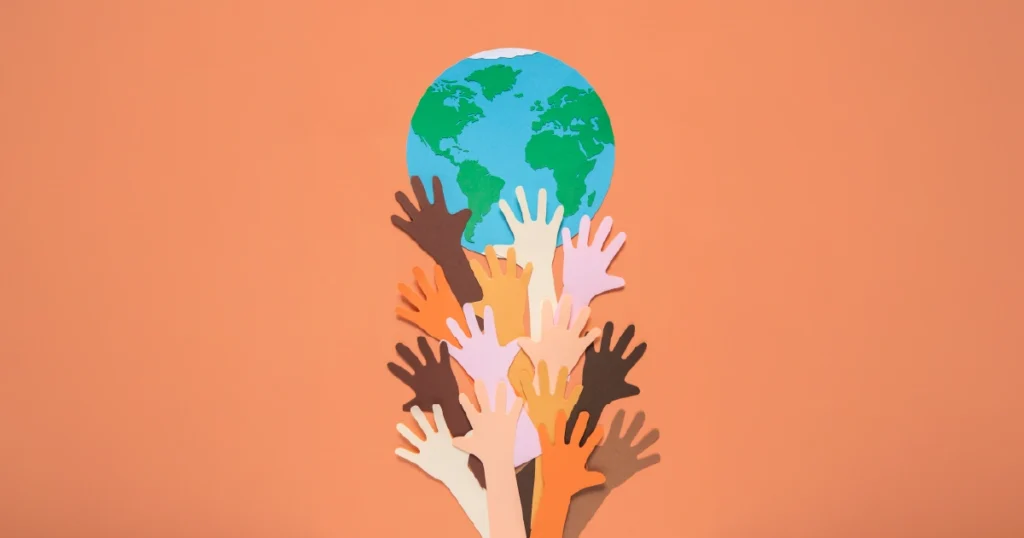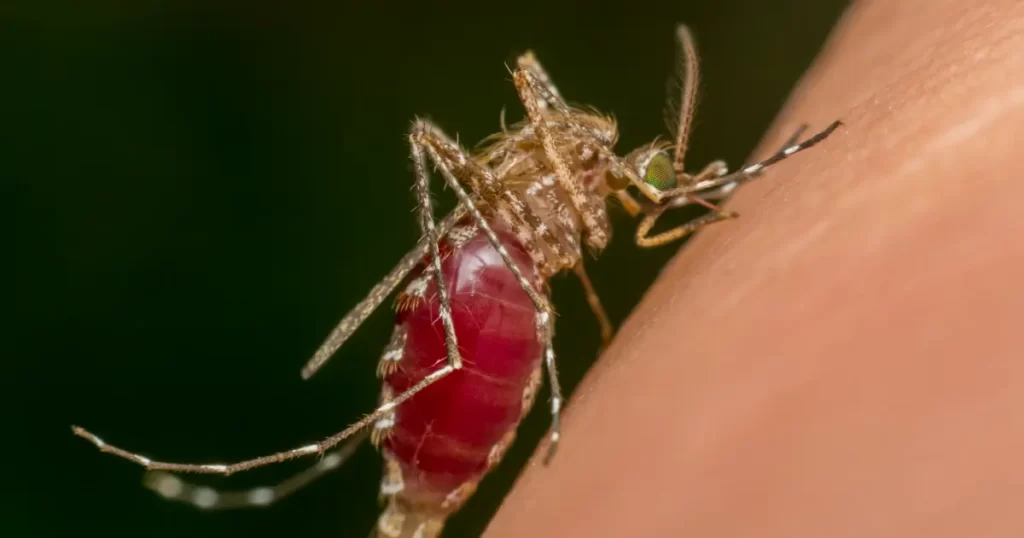Introduction
Climate Change and Malnutrition are intimately linked as extreme weather events—especially droughts and floods—directly threaten global food security. According to the Global Report on Food Crises 2025, climate extremes were the main driver of high acute food insecurity for 96 million people across 18 countries last year [1]. In many of these areas, malnutrition rates climbed as failed harvests and lost livestock stripped families of their food and livelihoods.
How exactly does climate instability worsen hunger, and what can break this vicious cycle?
How Climate Change and Malnutrition Intensify Food Insecurity
The 2025 Global Report on Food Crises highlights that 295 million people in 53 countries suffered crisis-level hunger, propelled by conflict, economic shocks, forced displacement, and notably, climate extremes [1]. El Niño-induced droughts and floods pushed 18 countries into crisis, impacting regions like Southern Africa, the Horn of Africa, and South Asia [1][4].
In eastern and southern Africa alone, over 90 million people now face acute food insecurity because of record-breaking droughts that devastated crops and killed livestock. For example, Zimbabwe’s corn yield fell by 70% in 2023, and Somalia saw widespread displacement and hunger [2]. These regions exemplify how droughts—compounded by political instability and weak infrastructure—can rapidly spiral into malnutrition emergencies.
Floods and Food System Collapse
Floods are equally destructive. A stark example is eastern Senegal, where severe flooding submerged over 16,000 hectares of farmland, decimating onion and staple crops and worsening food insecurity for at least 250,000 people [3]. Flood impacts extend beyond crop loss—stagnant water fosters disease outbreaks, complicating public health responses in already vulnerable communities.
Elsewhere, Pakistan’s 2022 floods submerged a third of the country, destroying millions of acres of cropland and leaving 8 million people displaced. Such large-scale flooding illustrates how climate shocks can cripple national food systems, reduce income for farmers, and disrupt global grain markets. When food prices soar as a result, poor households are forced to cut back on nutritious foods, fueling long-term malnutrition.
Broader Drivers: Urbanization and Food Systems
The State of Food Security and Nutrition in the World 2023 report from FAO emphasizes that urbanization and changing food systems are reshaping access to healthy diets [5]. As populations grow and migrate, local markets struggle to supply fresh, nutritious food, particularly during climatic shocks. Compounded by economic inequality and rising food prices, this dynamic creates an environment where calories may be available—but micronutrient-rich, quality foods are out of reach.
A One Health Perspective
Climate Change and Malnutrition must be addressed through a One Health lens that connects human, environmental, and agricultural systems. Resilient strategies might include:
- Drought-resistant crops and irrigation systems to sustain yields during water shortages.
- Improved water management and soil health, preventing both drought and erosion.
- Emergency food reserves and local food systems strengthening, buffering against supply shocks.
Importantly, malnutrition worsened by climate extremes also increases vulnerability to infectious diseases, amplifying public health crises. Countries must therefore build infrastructure that withstands climate shocks, invest in adaptation, and integrate nutrition goals into climate action plans.
Conclusion
The link between Climate Change and Malnutrition is clear and urgent. Droughts, floods, and erratic seasons continue to erode food systems, pushing millions into hunger and malnutrition. Unless governments and global partners act decisively—by building climate resilience, reforming food systems, and supporting sustainable agriculture—we risk perpetuating cycles of poverty, illness, and loss of human potential.
Solutions are within reach. Expanding climate-smart agriculture, investing in early-warning systems, strengthening food assistance, and ensuring equitable access to nutritious diets are essential next steps. The nutritional impacts of climate change are preventable, but only if leaders prioritize both immediate relief and long-term resilience. The time to integrate climate adaptation into nutrition and food security planning is not tomorrow—it is today.
References
- Global Network Against Food Crises (2025) Global Report on Food Crises 2025. Available at: https://www.wfp.org/publications/global-report-food-crises-grfc
- The Guardian (2025) Droughts worldwide pushing tens of millions towards starvation. Available at: https://www.theguardian.com/environment/2025/jul/02/droughts-worldwide-pushing-tens-millions-starvation-report
- Le Monde via news summary (2024) Floods devastate harvests in eastern Senegal. Available at: https://www.lemonde.fr/en/le-monde-africa/article/2024/11/05/in-eastern-senegal-unprecedented-floods-devastate-harvests_6731695_124.html
- FAO et al. (2023) The State of Food Security and Nutrition in the World 2023. Available at: https://www.fao.org/publications/fao-flagship-publications/the-state-of-food-security-and-nutrition-in-the-world/2023













